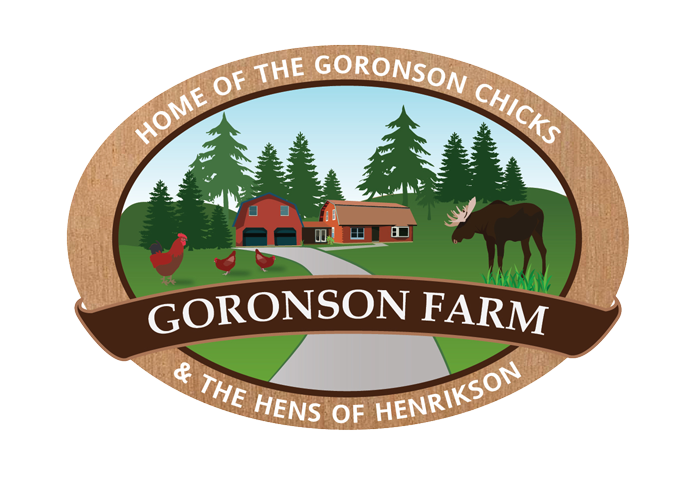A Gander at Our Fruits
Hello, everyone!
This summer, we have a gorgeous assortment of fruits available for purchase and we would love to share them with you. Throughout this blog today, we will be talking about the different fruits that we offer and the story behind them. After reading, if at any point you would be interested in purchase, you can contact us directly using the “Get in Touch” button up above. Now, let’s get into it!
Shui Mi Tao Peach (Chinese Honey Peach)
Among the very most famous of all fruits, the Shui Mi Tao (pronounced shway mee dow) or “Juicy Honey Peach” has been grown for centuries in Yangshan district, west of Shanghai, where it is notorious as the peach “sucked through a wheat straw pierced through the skin” as the folklore tells it. The most prized fruit of markets both in Beijing and Shanghai, where it is considered the definitive peach. Fruits with high fuzz, skin white flushed with pink, flesh fibrous but exceedingly sweet, low in acid, a “honey” peach. According to some, this is the peach of longevity that accompanies Shou in all his representations, and the tree, or even a severed branch of it, is reputed capable of defense against any negative forces.
Mirabelle de Nancy Plum
Mirabelles are that class of small, sweet, yellow-fruited plums. Considered by the French, by whom it is beloved (and where only it is found) as the culinary fruit par excellence. In Lorraine, they distill a famous eau de vie of mirabelles. Our variety is from the countryside of Nancy and one tree suffices for an August full of tarts, jams, and trifles.
Glou Morceau Pear
This pear is a traditional Belgian dessert pear, highly regarded for its quality and delicacy of flavor. The flesh of the soft melting buttery consistency which is characteristic of continental pears; with a rich, sweet flavor.
Lars Anderson Peach
Lars Anderson Peaches Goronson Farm 2020
Lars Anderson was discovered at Pastor Church Orchards, in Cushing, Maine. Large, juicy, sweet, yellow-fleshed freestone fruit. It is described as “tasting just like a peach should taste and fools many into thinking the peaches were purchased in the South”.
Paviot Apricot
A seedling of the local Lyonnais variety hatif du Clos, raised by the nurseryman Paviot at Marcilly-d’ Azergues and placed into commerce in 1882. During the following four decades, it became the most generally planted apricot in the Rhone districts below Lyon, and for good reason: the quality of the fruits. Now it is an unfortunate casualty from the onslaught of mediocrity, and today’s consumers in France hardly know to ask for fruits so good. Remarkably round, deep orange when ripe, flesh melting, juicy, superb.
Hesse Plumcot
A solid, pink-red to red-purple plumcot, fuzzy skin, flesh orange, dense, meaty, tasting of Blenheim. Essentially, a red skinned apricot. A hybrid from the University of California at Davis in the 1950s; never released, but preserved because of its high fruit quality. Productive, flavorful, with truly intermediate fruit characters.
Shakarpara
An ancient, natural hybrid between a white-fleshed apricot and blonde cherry=plum, the resulting tree produces white-fleshed, white-skinned plumcots! The name in Farsi (shakar + pareh) translates to “sweetmeat” in English, of the sort usually provided guests at festive occasions. Skin fuzzy, white with pink blush on shoulder: flesh white, somewhat fibrous, acidulous, finely and characteristically aromatic like attar of rose, very juicy clingstone. Grown for centuries in Pakistan.

